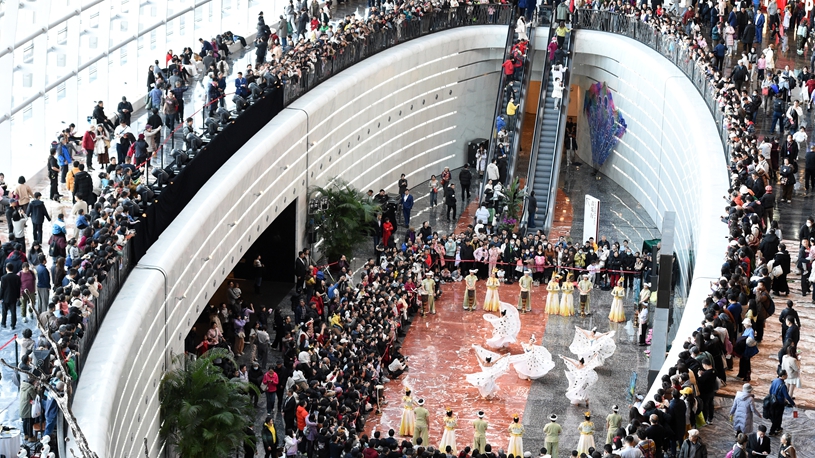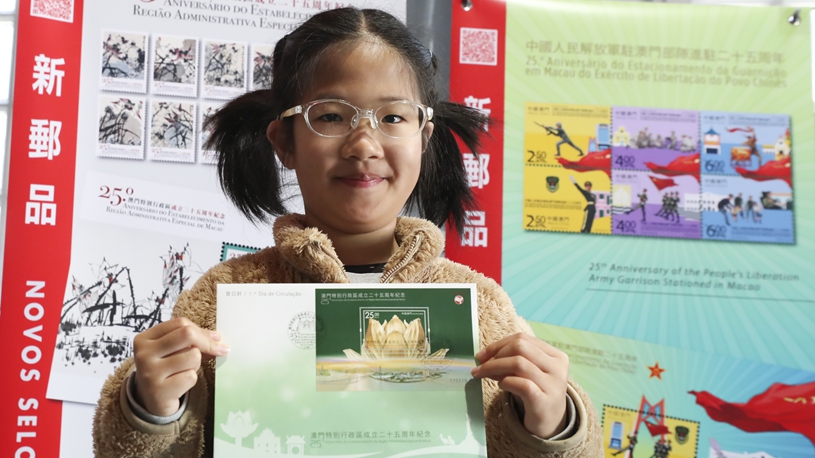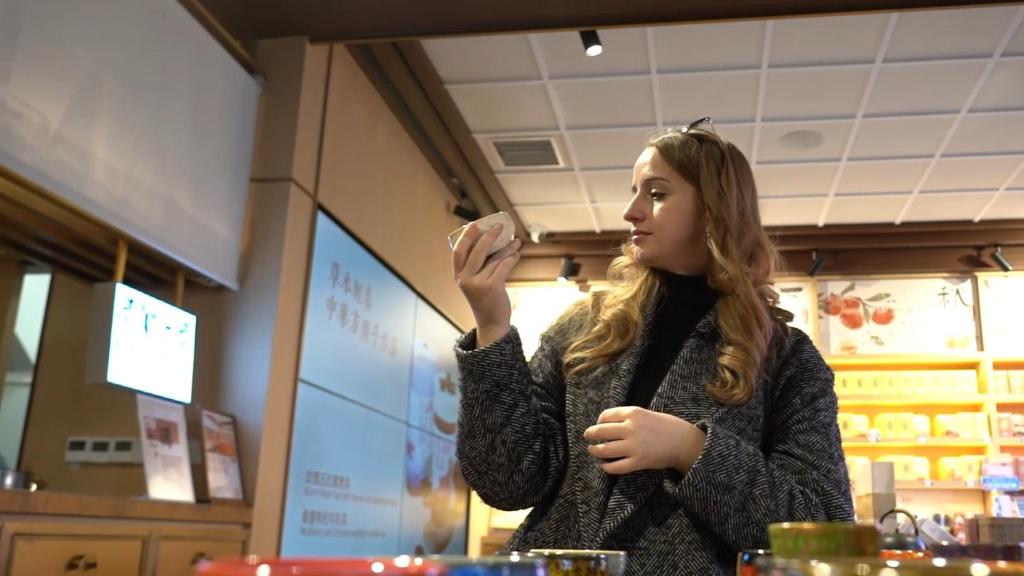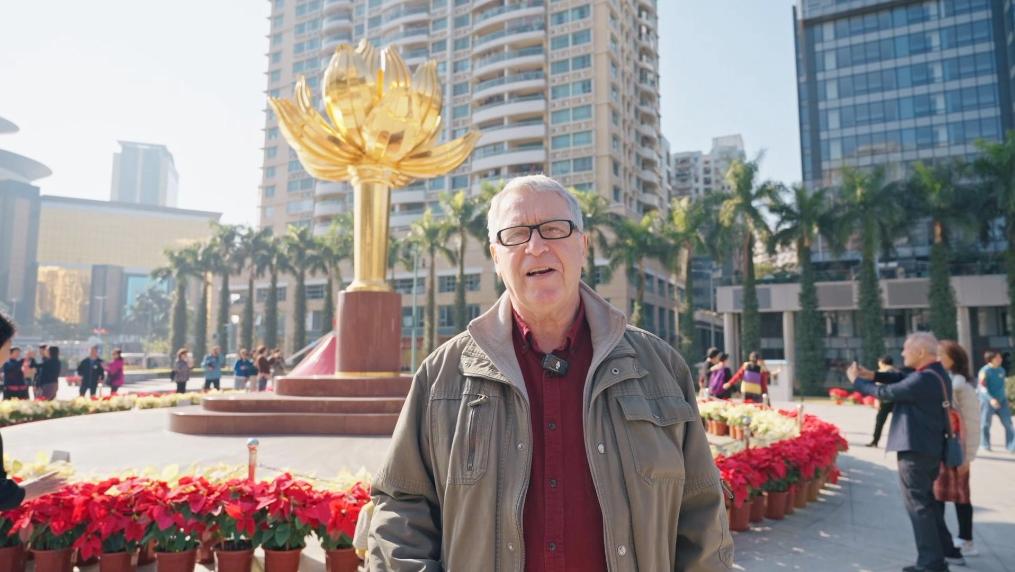Seasoned artisans strive to sustain generations-old pottery craftsmanship in rural Egypt
Source: Xinhua
Editor: huaxia
2024-12-23 05:36:15
MENOUFIA, Egypt, Dec. 22 (Xinhua) -- In the village of Gris, located in Egypt's Menoufia Governorate, just north of Cairo, 60-year-old Hassan Naser worked diligently at his potter's wheel, crafting a pigeon nest in a small workshop crowned with a large, traditional muddy oven.
Naser shared with Xinhua that the craft of pottery had been passed down through generations in his family for over 150 years. The majority of Gris's residents, whose primary sources of income are pottery-making and agriculture, have been engaged in this time-honored tradition for generations, striving to keep their ancestral craft alive.
On sunny days, as the villagers air-dried their creations, the narrow alleys of Gris were filled with an assortment of pottery products displayed in basements, backyards, and even on rooftops.
The village is known for producing a variety of pottery items, including water jars, cooking pots, pigeon nests, and plant pots, all crafted in different shapes, sizes, and colors. The industry relies heavily on local raw materials, such as clay soil and agricultural byproducts from cotton and corn.
Naser explained that the process begins with purchasing clay, which is sifted to remove impurities before being kneaded with water to create a dough-like consistency.
"I work for four hours a day and earn 6,000 pounds (around 118 U.S. dollars) per month," he said, handing a completed piece to his wife for the drying process.
Pottery-making, for Naser and his neighbors, is a family affair. Hanaa Abdel Aziz, a woman in her fifties, sat in a narrow path outside her home, waiting for her husband to call her to transfer a water vessel -- another type of clay product -- into an oven heated by sawdust.
Despite her exhaustion, with a red, sweat-drenched face, Abdel Aziz spoke with pride about the joy she felt when seeing the final product. "It's a moment of happiness," she said. She added that their workshop produces up to 5,000 water jars a month, noting that summer is their peak season as rain can ruin their work.
Most families in Gris sell their products to wholesalers who visit weekly with large trucks to collect their goods. However, one individual, 70-year-old Fawzy Ghoneim has taken a different approach. He believes his products are unique and prefers to market them himself, avoiding the exploitation of regular merchants.
Ghoneim has adapted to modern changes in the industry to protect it from decline. Unlike other potters, he sources red clay from the southern Egyptian province of Aswan to create colorful, healthy porcelain cooking pots.
Ghoneim is both the potter and the designer, while his son adds intricate drawings that reflect the beauty of village life. "I can make any product based on a client's request," he said. "My son shows me online videos to help improve my work."
Despite the fast-paced, technology-driven world around him, Ghoneim finds solace in the slow, methodical nature of pottery-making. "Forming clay is an art of simple pleasure," he remarked. "A day without the smell of clay is not a day for me."
However, as modern influences take root, the younger generation has grown increasingly reluctant to continue the demanding labor of pottery-making.
Ghoneim recalled that, 20 years ago, nearly 75 percent of the village's families worked in pottery. Today, that number has dwindled, largely due to rising costs of raw materials and increasing transportation fees driven by higher fuel prices.
"We need more platforms to showcase our work," he said, stressing the importance of preserving Gris's pottery legacy for future generations. ■













Comments